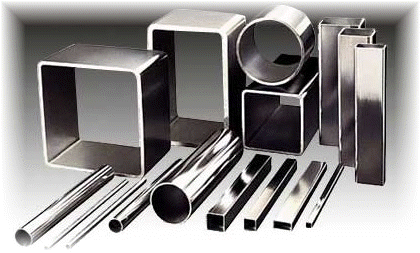|
|||||
|
|
 DOM (Drawn Over Mandrel)
DOM (Drawn Over Mandrel)DOM refers to high-strength, electrically-welded tubing that has been further processed by cold drawing through dies and over mandrels to improve its uniformity, mechanical properties and surface finish. To a great extent, DOM tubing is customized to each specific application. This provides further advantages, particularly to high-volume manufacturers. They include a wider range of sizes and tighter dimensional tolerances that allow the tubing to be used in mechanical parts with little or no metal removal or machining. Because of its many advantages, DOM is the material of choice in many of the most demanding applications for tubing, including: hydraulic cylinders, auto and truck components, recreational vehicles and others. The manufacturing process for DOM tubing begins with coils of steel, which are slit to the proper width for the desired tube size. The strip is cold formed and passed through an electric resistance welder which joins the edges together, under pressure, to complete the tubular shape. After testing the weld's integrity, the tubing is cut to length for further processing. The cold-drawing process creates a uniform, precision product with substantially improved tolerances, surface finish and tensile strength, increased hardness and good machinability. In this process, the tube is cleaned and annealed, and one end of each length is squeezed to a point so it can be gripped by the drawing mechanism. The tube is then drawn through one or more dies and over mandrels. This reduces the diameter of the tube and thins its walls to the required dimensions in a controlled fashion to provide the qualities desired in the finished product. Metallurgically, drawing improves the tube's concentricity, tensile strength, hardness and machinability. Close dimensional accuracy is achieved through tight control of both outside and inside diameters.
|
||||








